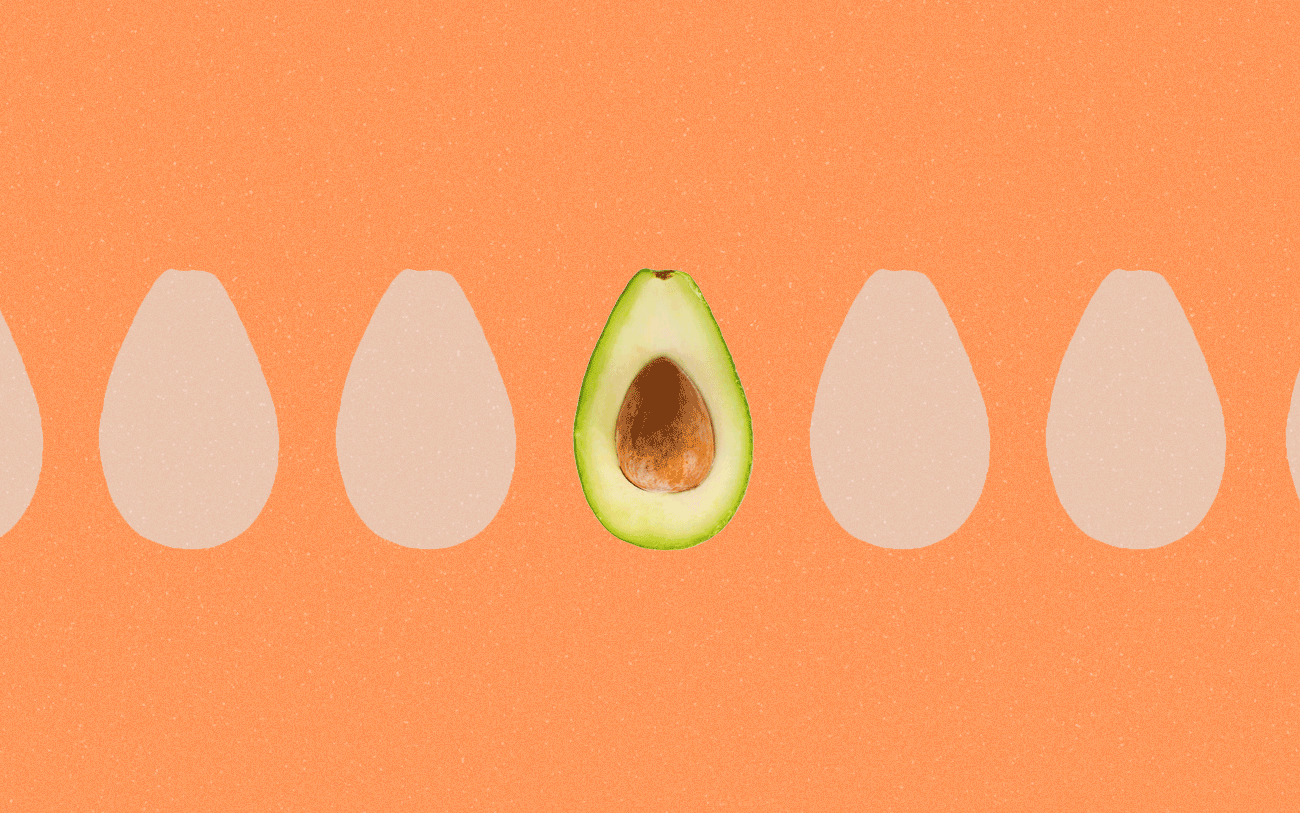
Guacamole, tortilla soup, seafood campechanas —Texans are long spoiled by easy access to cheap and delicious Hass avocados. But the days of carefree, creamy green dip may be numbered. This week, prices for the fruit soared to over $2.50 for just one medium-sized, non-organic avocado across the state.
It’s enough to make one nostalgic for July, when you could by a case of the green goodness for just $30. Not anymore. At this very moment, avocado prices may be approaching an all-time high. Brian Furr, prep cook at Austin’s Magnolia Cafe West, has been ordering the restaurant’s produce for twenty years and has never seen it this bad. “We used to freak when 48-count would go above $40,” he remembers. “For years and years we averaged $30. We’re presently paying $105 for a case.”
Why the sky-high prices? It’s a simple case of supply and demand.
On the supply side, pressure has been mounting all year, thanks to the small crop in California, the only domestic source for the Hass variety. This year’s harvest was only about half of 2016’s bumper crop, and it has now come to a close, as have those of Peru and Chile. The season in Mexico—source of 82 percent of avocados consumed north of the border—is sputtering to a slow start, thanks to spotty rains.
But decreasing supply isn’t the only bad news for Texan avocado enthusiasts: the little green fruit is now trendy. Millennials from coast to coast gladly shell out $10 for avocado toast. Bowls of guacamole have found a permanent home at Super Bowl and Cinco de Mayo bashes in once avocado-averse regions like the Midwest and Northeast. OkCupid even claims that left-wingers associate it with love. (For righties, the flavor of love is Dr Pepper, apparently.)
Thanks to these newfound converts to the green gospel, today’s average American consumes seven pounds of the fruit each year, double the weight from 2006. (In 1996, Americans only ate a single pound.) Meanwhile, Europeans are jumping on the bandwagon, and in China, where they are known as “butter-fruit,” consumption has leapt about 250 percent each year since 2012.
The ‘cado craze has impact beyond our pantries, too—if you’d like to toss a little guilt in with your next comal of guacamole, you can read about how Michoacán’s signature pine forests are being illegally hacked down to make way for avocado orchards. Or how some of the price of each avocado might well be lining the pockets of Mexican drug cartels. (As confirmed avocadoholics, we Texans probably won’t.)
Early last month, California-based importer Gary Caloroso said prices should have eased by now. “It is going to be tight for the next couple of weeks and then Mexico will start to get into its new bloom and regular crop and we then we will start to see increased volume come out of Mexico,” he said. Sadly, they’ve only gone higher since then.
If you’re desperate for an avocado fix, try Trader Joe’s, or Whole Foods. As of last week, both stores offered the fruit a full dollar below Kroger—perhaps an encouraging moment in Whole Foods’ new era of Amazon ownership.
And pray that Peak Avocado, like the Lime Crisis of 2014, will soon abate. Otherwise we’ll have to dilute the avocado ratio in guacamole, perhaps even with green peas, as the New York Times dared to suggest a couple of years back. Let’s hope this year’s Mexican harvest gets rolling along before we have to contemplate such a dystopian snack.






